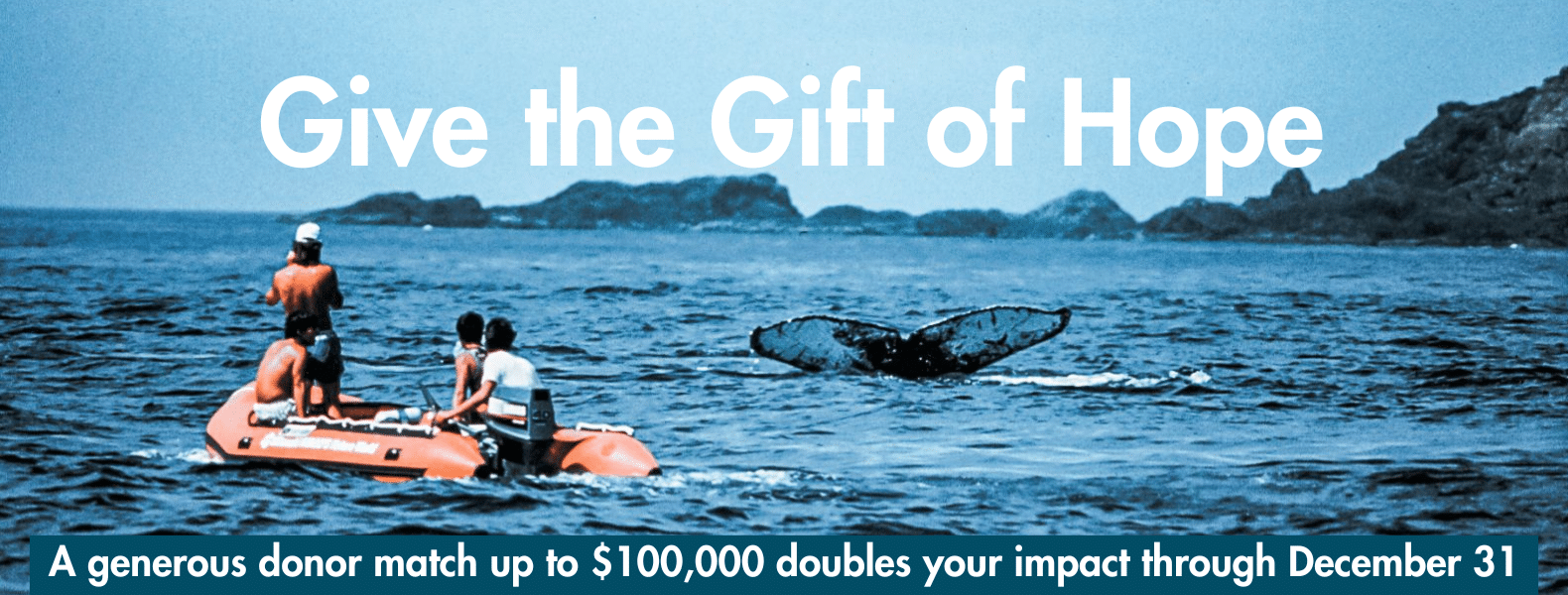The unmitigated rush of witnessing a breaching whale or a pod of dolphins playfully escorting a vessel as it churns through ocean waters has resulted in a rapidly expanding global whale-watching industry that annually generates billions of dollars in revenue. While observing these majestic sea mammals in the wild inspires awe and fosters in many a lifelong commitment to ocean conservation, this increased demand for marine tourism needs to occur in conjunction with increased awareness around guidelines and regulations that developed to minimize disturbance of this activity does humpback whales.

A newly released study on the impact of vessel presence on humpback whale behaviors in Maui Nui conducted from 2015 to 2018 by Pacific Whale Foundation’s Research team, led by Chief Scientist Jens Currie, confirms that greater awareness of additional guidelines on whale-watching practices can limit the level of disturbance to individual humpback whales in Hawaiian waters. The scientific paper entitled “The impact of vessels on humpback whale behavior: the benefit of added whale watching guidelines” will be published as part of Frontiers in Marine Science’s special issue, Whale-watching Impacts: Science, Human Dimensions and Management.

The land-based study, conducted over three years in Maui, Hawai‘i, utilized theodolite tracks — data received from a precision optical instrument that measures angles between designated visible points in horizontal and vertical planes — to summarize humpback whale swim speed, respiration rate, dive time and path directness to determine the potential impacts of various types of vessel presence on whale behavior. Results presented in the paper reveal increases in whales’ swim speed, respiration rate and path directness in conjunction with decreasing dive times, which has been shown to be an energetically demanding avoidance strategy.

The study quantifies significant changes in humpback whale behavior relating to vessel presence, suggesting that current regulations alone in Hawai‘i are not sufficient for minimizing undesired behavioral responses and highlighting the need for greater awareness of additional vessel guidelines, such as the Hawaiian Islands Humpback Whale National Marine Sanctuary’s Boating Guidelines and Pacific Whale Foundation’s Be Whale Aware program. The resultant paper notes, however, that observed changes could not be conclusively attributed to a single factor or observation and are more likely related to a combination of biology and vessel activity. Currie acknowledges that further research is required for additional clarification.
Currie, who is also the Research Chair on the Hawaiian Islands Humpback Whale National Marine Sanctuary Advisory Council, has developed a working group within the Sanctuary Advisory Council to determine the value that current and additional voluntary whale-watching guidelines have in ensuring the protection of humpback. He said he hopes to share this research with ocean users and work with the community to provide awareness on the best practices for conservation-minded marine wildlife viewing.
“The sanctuary welcomes research efforts that help us monitor the health of and risks to humpback whales in Hawai‘i waters,” added Sanctuary Natural Resource Specialist Ed Lyman.

